Adam Smith was a Scottish philosopher whose works, especially The Wealth of Nations, paved the way for the transition from old economic thought to the modern economic system. Born in Fifeshire, Scotland, Adam lost his father when he was very young and he was thus raised by his mother, with whom he established a very close relationship. He was educated at the University of Glasgow and the Balliol College in Oxford, through he left Oxford just before his scholarship was to end. After completing his education, Smith became an esteemed lecturer at University of Edinburgh and then at the Glasgow University. In 1762, Smith was conferred the title of Doctor of Laws (LLD) by the University of Glasgow and in 1778, he was appointed as commissioner of customs in Scotland. After a painful illness, Smith died at the age of 67 on July 17, 1790. He never married nor had any children. Know more about the family, life, education, career and death through his biography.
Family And Education
Adam Smith was born in Kirkcaldy in Fifeshire, Scotland, a small fisheries and mining town. Although his date of birth remains unknown, he was baptised into the Church of Scotland at Kirkcaldy on 5th June 1723. His father, also named Adam Smith, was comptroller of customs at Kirkcaldy. Smith’s mother, Margaret Douglas was a daughter of a substantial landowner and the second wife of Adam Smith senior. Smith’s father died two months after Smith was born. Consequently, Smith was raised by his widowed mother. Smith was very close to his mother and she was a constant source of inspiration for him to pursue his ambitions. He lived with her for a major part of his life and she died in 1784, just six years before Smith. Little is known about the childhood of Smith, other than the fact that he was reportedly kidnapped by gypsies at the age of four. He was ultimately abandoned by them as efforts to rescue him convened.
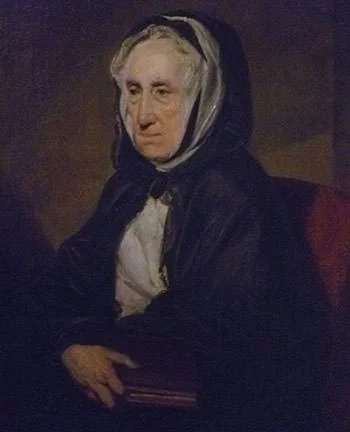
Adam Smith attended Burgh School of Kirkcaldy from 1729 to 1737; studying Latin, mathematics, history and writing. In 1937, at the age of 14, Smith enrolled in the University of Glasgow. Here, he pursued moral philosophy under his beloved teacher Francis Hutcheson and developed a passion for liberty, reason and free speech. Francis was an exceptional orator and one of the most prominent lecturers at the University of Glasgow. He deeply influenced Smith’s career. Smith graduated in MA in 1740, after which he went on to undertake post graduation at Balliol College in Oxford under a scholarship from the Snell Exhibition.
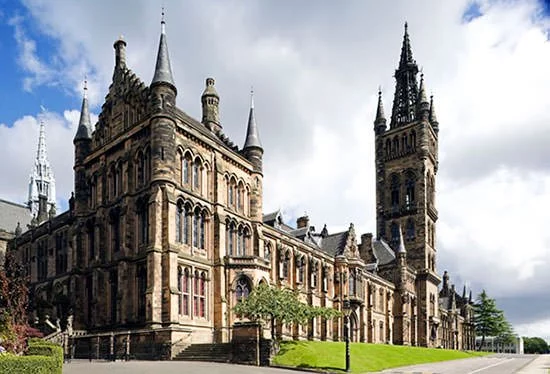
Personally, Smith considered the quality of teaching at Glasgow to be far superior to that at Oxford. But this did not deter him and he instead satiated his quench for knowledge by being a voracious reader and teaching himself several subjects through the Bodleian Library. It is during his time at Oxford that Smith obtained an in-depth understanding of both classical and contemporary philosophy. The end of his period at Oxford was particularly tough on him as he suffered from shaking fits and nervous breakdowns. Smith then left Oxford by 1746, just before his scholarship was to end.
Career
Smith returned home from Oxford and began searching for relevant employment opportunities. The network and connects of Adam Smith’s family came into play during this phase. By 1748, Smith had begun delivering public lectures at the University of Edinburgh. These were sponsored by the Philosophical Society of Edinburgh under the patronage of jurist and philosopher Lord Kames. A majority of Smith’s lectures covered rhetoric; belles-lettres or works of literature that are beautiful and pleasing in an artistic way; and the progress of opulence. It was during these lectures that Smith first presented his economic philosophy based on the “obvious and simple system of natural liberty”. He eventually developed these ideas into his famous theories. Although Adam was not an expert when it came to public speaking, the quality of his lectures and the sanctity of his revolutionary thoughts led to his teachings being well received.
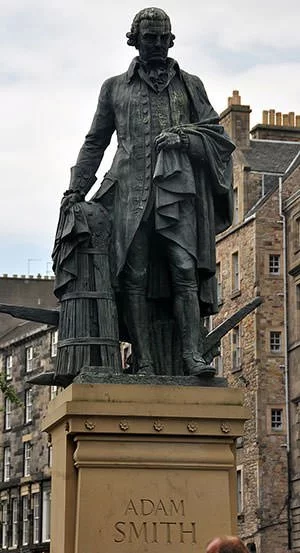
In 1750, Smith met David Hume, who eventually became his closest friend. David was a philosopher and economist himself; and elder to Smith by almost a decade. By 1751, at the age of 27, Smith was appointed as the Professor of Logic at the Glasgow University, his alma mater. In 1752, he was an elected member of the Philosophical Society of Edinburgh and in 1753, he took over the position of Head of Moral Philosophy as the preceding head of the department passed away. Smith went onto work as an academic for the next 13 years. He considered this phase as “by far the happiest and most honourable period of my life.”
Fame And The Wealth of Nations
In 1759, Adam Smith published The Theory of Moral Sentiments. In it, Smith investigates the moral thinking of the time proposing that conscience arises from interactive social relationships through which people seek “mutual sympathy of sentiments.” The book was extremely well received on the global podium and is regarded as his best work after the Wealth of Nations. Following this fame, many students from around the world left their schools and enrolled in Glasgow for an opportunity to learn under Smith. By 1762, Smith was conferred the title of Doctor of Laws (LLD) by the University of Glasgow.
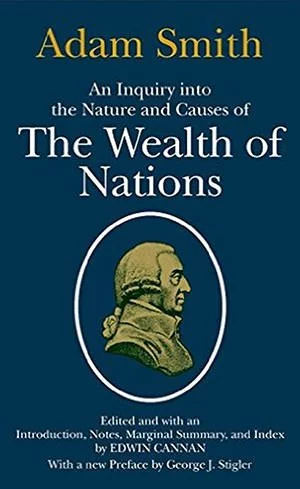
The success of Smith warranted the attention of British politician Charles Townshend. Townshend had been eagerly looking for a distinguished personal tutor for his stepson, Henry Scott, the young Duke of Buccleuch. He eventually approached Smith regarding the same. Smith resigned from the University of Glasgow in 1764 and moved to Toulouse, France to tutor Henry. It is during this time that Smith began working on his second book, The Wealth of Nations. Smith’s career as a tutor was short and ended in 1766 when Henry’s younger brother tragically passed away. Smith returned home and devoted the majority of the next decade to his book.
In 1776, Smith’s magnum opus, An Inquiry into the Nature and Causes of the Wealth of Nations, was published. Known simply as The Wealth of Nations, the book contained the world’s first collected descriptions of what builds nations’ wealth. Among other things, Smith explained in the book the benefits of a free market economy by explaining how both the sides of the trade can be better off. The Wealth of Nations is regarded as a fundamental work in classical economics and even today it is widely read.
Later Years And Death
In 1778, Adam Smith was appointed as commissioner of customs in Scotland and five years later, in 1783, he became one of the founding members of the Royal Society of Edinburgh. Then, from 1787 to 1789, Smith took up the honorary position of Lord Rector of the University of Glasgow. After suffering from a painful illness, Adam Smith died in Panmure House, Edinburgh on July 17, 1790. He was 67 years old. He left behind numerous notes and few unpublished materials. Before his death, he gave instructions to destroy anything that was unfit for publication. While on his death bed, Smith was not peaceful as he expressed his disappointment of being unable to achieve more.
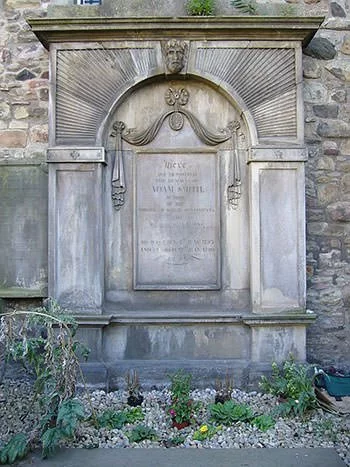
Smith’s two close friends; Joseph Black (physicist and chemist) and James Hutton (geologist) were entrusted with his papers; and copyrighted and unpublished works. According to Smith’s will, his library was granted to David Douglas, Lord Reston who used to live with him. As requested by him, Smith’s personal papers were destroyed after his death. Adam Smith never married and nor had any children.

